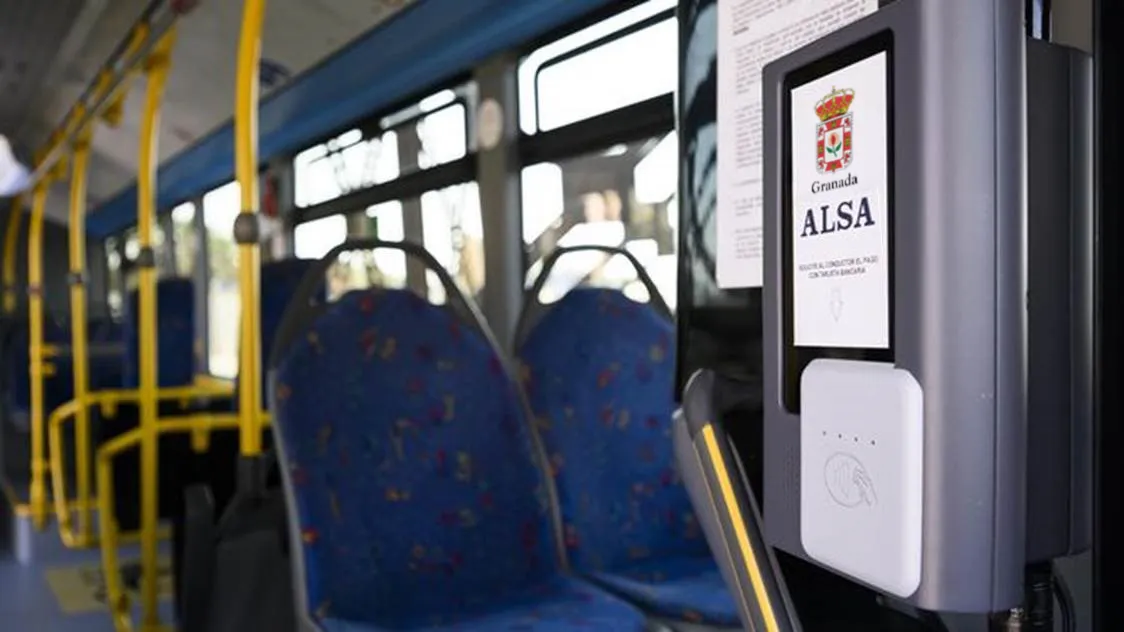Quick Response codes, or QR codes, are being introduced on a trial basis at some local bus stops in Shanghai to allow passengers to check the whereabouts of buses and the expected arrival time of the next bus. Passengers can obtain real-time information on buses by scanning the QR code using their smartphones, allowing them to adjust commuting plans. The service was first launched in Shanghai during late 2012. Almost 90 bus routes serving Pudong New Area can be checked using a smartphone application. People
March 6, 2013
Read time: 2 mins
Quick Response codes, or QR codes, are being introduced on a trial basis at some local bus stops in Shanghai to allow passengers to check the whereabouts of buses and the expected arrival time of the next bus.
Passengers can obtain real-time information on buses by scanning the QR code using their smartphones, allowing them to adjust commuting plans.
The service was first launched in Shanghai during late 2012. Almost 90 bus routes serving Pudong New Area can be checked using a smartphone application. People in Shanghai can expect to see it being offered citywide in June 2013 following the completion of the test.
Major bus operator Shanghai Bashi Group said information may not be right during the test. In some cases, passengers can't access their routes. But the operator said in June, after the test is over, locals can expect to see the service citywide.
Despite some problems, several bus passengers welcomed the idea. "Passengers can be prepared while they wait once they check the real-time status," said one. "If it takes too long, maybe we can choose other means of transportation."
Passengers can obtain real-time information on buses by scanning the QR code using their smartphones, allowing them to adjust commuting plans.
The service was first launched in Shanghai during late 2012. Almost 90 bus routes serving Pudong New Area can be checked using a smartphone application. People in Shanghai can expect to see it being offered citywide in June 2013 following the completion of the test.
Major bus operator Shanghai Bashi Group said information may not be right during the test. In some cases, passengers can't access their routes. But the operator said in June, after the test is over, locals can expect to see the service citywide.
Despite some problems, several bus passengers welcomed the idea. "Passengers can be prepared while they wait once they check the real-time status," said one. "If it takes too long, maybe we can choose other means of transportation."










